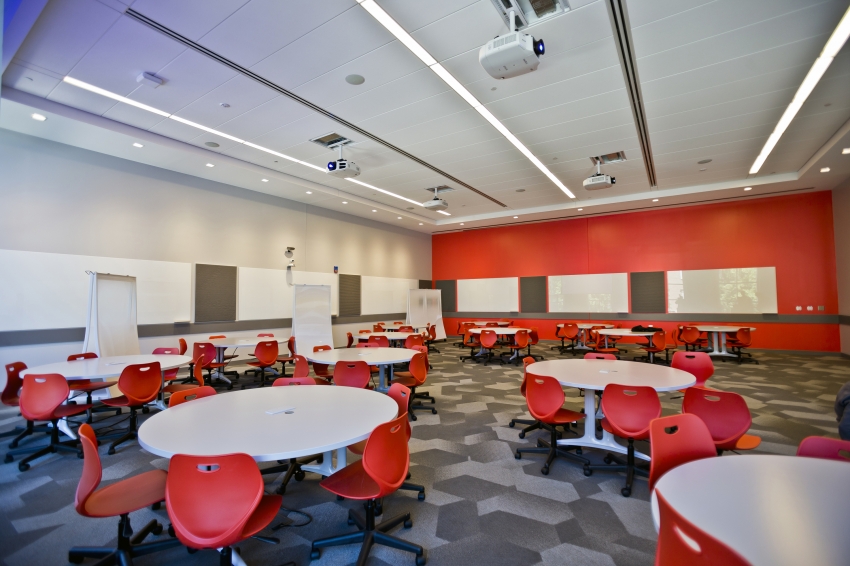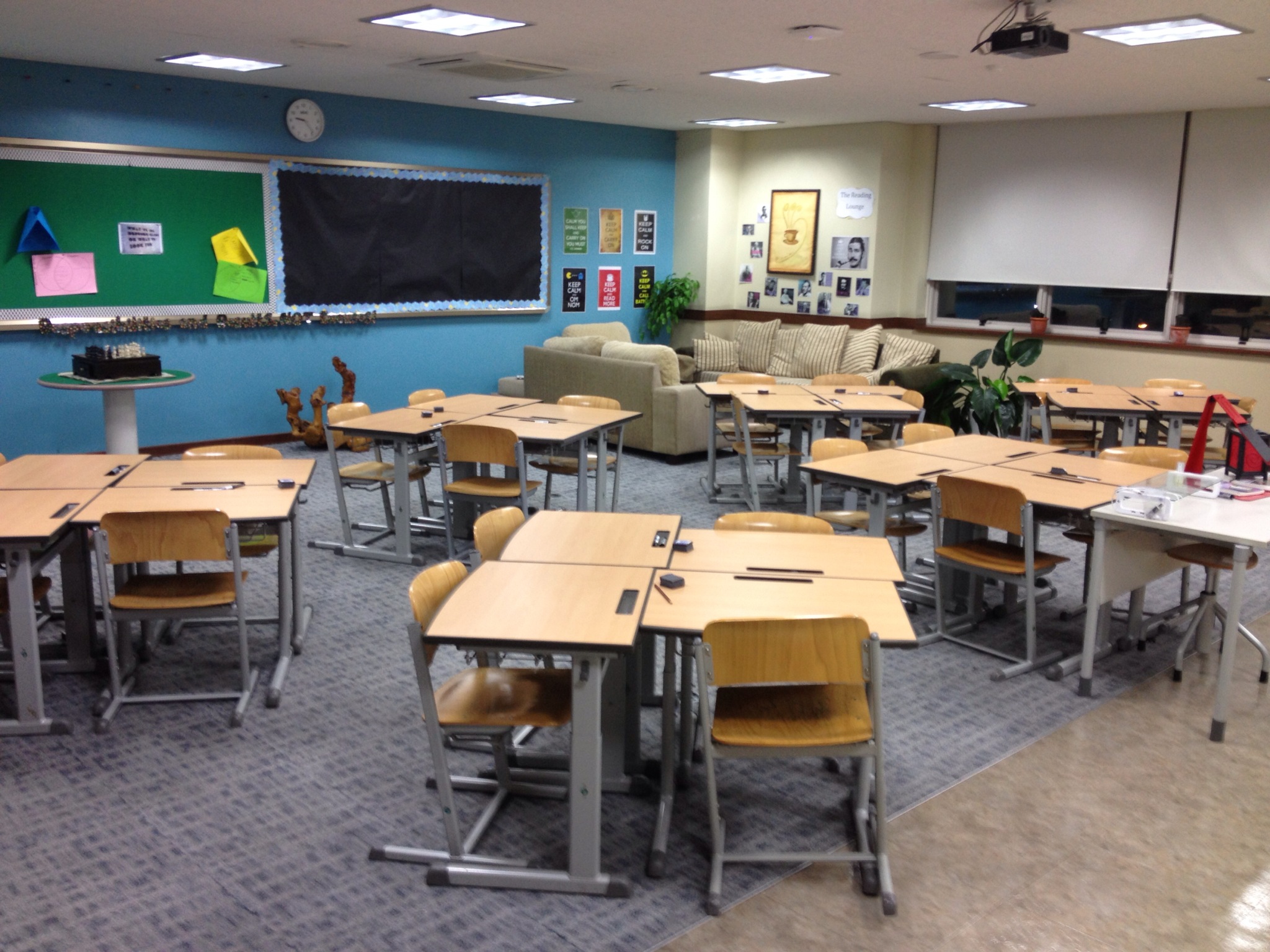In a recent article in the Chronicle of Higher Education, Shannon Najmabadi reviewed some of the recent literature that explored the question:
“Does Redesigning Classrooms Make a Difference?“
In the context of this article and the studies Najmabadi reviewed, the focus of such redesign was on physical space. What happens to teaching in learning if the same class/content were to be moved from a large lecture hall to a more dynamic environment?


This question is of great importance for the exploration of UDL in higher education, where instructors generally have less control over the physical space of the classroom than our preK-12 colleagues. Indeed, in my years as a high school teacher, the physical space of my classroom evolved from traditional rows my first year on the job to clusters and couches by the last few. My transition from static to dynamic and social arrangement of furniture corresponded with my growth as a UDL practitioner. Could I have been as successful if I couldn’t change the format of the room?

Per Najmabadi’s review: Physical space does matter. A lot.
Najmabadi reports on the findings from Whiteside, Brooks, and Walker’s 2010 study, saying:
The research found that the space affected the behavior of both students and the instructor. The professor surprised everyone, including himself, by being unable to keep his teaching style consistent. When he moved from a traditional room to one with round tables, he lectured less and walked among the tables more. Space, in other words, was not neutral.
If moving to more dynamic spaces can influence one’s teaching to fit the space (for the better in this case), can it also work in the negative? In other words, if an otherwise UDL-oriented instructor were assigned to teach in a room whose clear spatial design is for oral lectures, would they default back to traditional instruction?
Last year, when I was interviewing UDL practitioners in higher education around the country, this was not one of my research questions. But one practitioner and UDL scholar did speak of this nevertheless. He talked about how when he is assigned to teach pre-service teachers in stadium-style halls, he has gotten in the habit of leading them out of the classroom: reserving space in the library, the labs, even the hallways at times to enable the kind of dynamic experiences he wishes to create for their learning.
So What?
Universities, colleges, and faculty who are gearing up to implement UDL may, in the rightful focus on the metaphysical environmental design: objectives, assessments, barriers, and experiences overlook the importance of the physical. Choosing the right classroom to facilitate the kinds of learning experiences intended could well prove of central importance. But even more interesting, to me, is the fact that changing spaces can influence teaching behavior for the better with no other intervention. More research is needed on this phenomenon, but it is a promising idea. Wouldn’t it be great to be able to introduce UDL as a way to put dynamic space to good use instead of having to encourage faculty to work against the natural intention of their environments?
Have you seen the influence of physical space on teaching? Sound off in the comments!